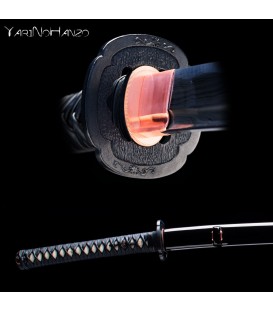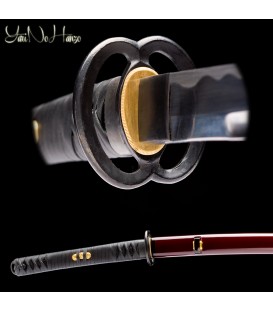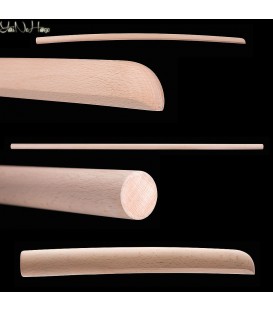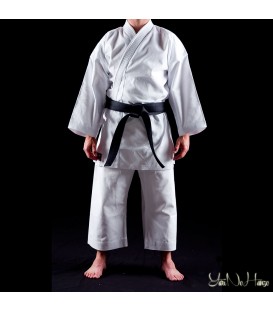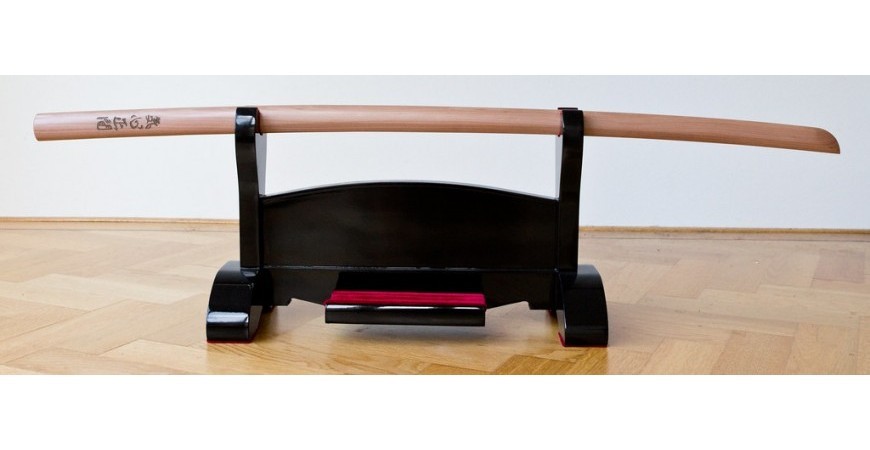
The Japanese oak bokken
The Japanese oak bokken
The Japanese oak bokken is the most used to make this type of weapon for training in various martial arts. Let's get to know it a little better.
But first, remember, in training, the bokken will always be used as a substitute for the katana. This is done to avoid unnecessary injuries. With these light wood weapons serious mishaps are avoided.
Uses and characteristics of Japanese oak bokken
The wood used to make the bokken usually comes from Japan, since it originates there and has been manufactured in this way for several centuries.
Among the various woods used for these replacements for Japanese sabres, the most common is oak, although it can be natural, red, or even white.
The Japanese oak bokken is very light, but it also has enormous resistance and hardness. It is because it has to endure the rigours of the most complete workouts, enduring many strokes and movements.
You can use the bokken in the training of several martial arts, although the most common is used for the practice of kenjutsu or classic Japanese fencing.
Later, the oak bokken has also been used to practice modern traditional fencing in Japan, which is called kendo or the art of drawing and cutting of iaido or Japanese sabre.
The use of the wooden bokken has also been adapted to what is known as jodo, in this case, it is the art of fencing with a stick.
Later, the bokken was adapted to many martial arts trainings that used weapons, such as judo or karate in certain styles, in kobudo, jiujitsu, ninjutsu or aikido, always as a replacement for the Japanese sword called katana.
A bokken is made with a piece of white or red oak wood, depending on its purpose, and it is sought to be compact, smooth, strong and very soft, which is why many prefer white oak, which they say it warps less and has less knots.
Image courtesy of Bobo Boom


